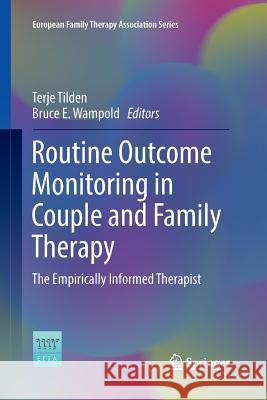Routine Outcome Monitoring in Couple and Family Therapy: The Empirically Informed Therapist » książka
topmenu
Routine Outcome Monitoring in Couple and Family Therapy: The Empirically Informed Therapist
ISBN-13: 9783319844596 / Angielski / Miękka / 2018 / 290 str.
Routine Outcome Monitoring in Couple and Family Therapy: The Empirically Informed Therapist
ISBN-13: 9783319844596 / Angielski / Miękka / 2018 / 290 str.
cena 262,25
(netto: 249,76 VAT: 5%)
Najniższa cena z 30 dni: 250,57
(netto: 249,76 VAT: 5%)
Najniższa cena z 30 dni: 250,57
Termin realizacji zamówienia:
ok. 22 dni roboczych
Bez gwarancji dostawy przed świętami
ok. 22 dni roboczych
Bez gwarancji dostawy przed świętami
Darmowa dostawa!
Kategorie:
Kategorie BISAC:
Wydawca:
Springer
Seria wydawnicza:
Język:
Angielski
ISBN-13:
9783319844596
Rok wydania:
2018
Wydanie:
Softcover Repri
Ilość stron:
290
Waga:
0.42 kg
Wymiary:
23.39 x 15.6 x 1.63
Oprawa:
Miękka
Wolumenów:
01
Dodatkowe informacje:
Wydanie ilustrowane











